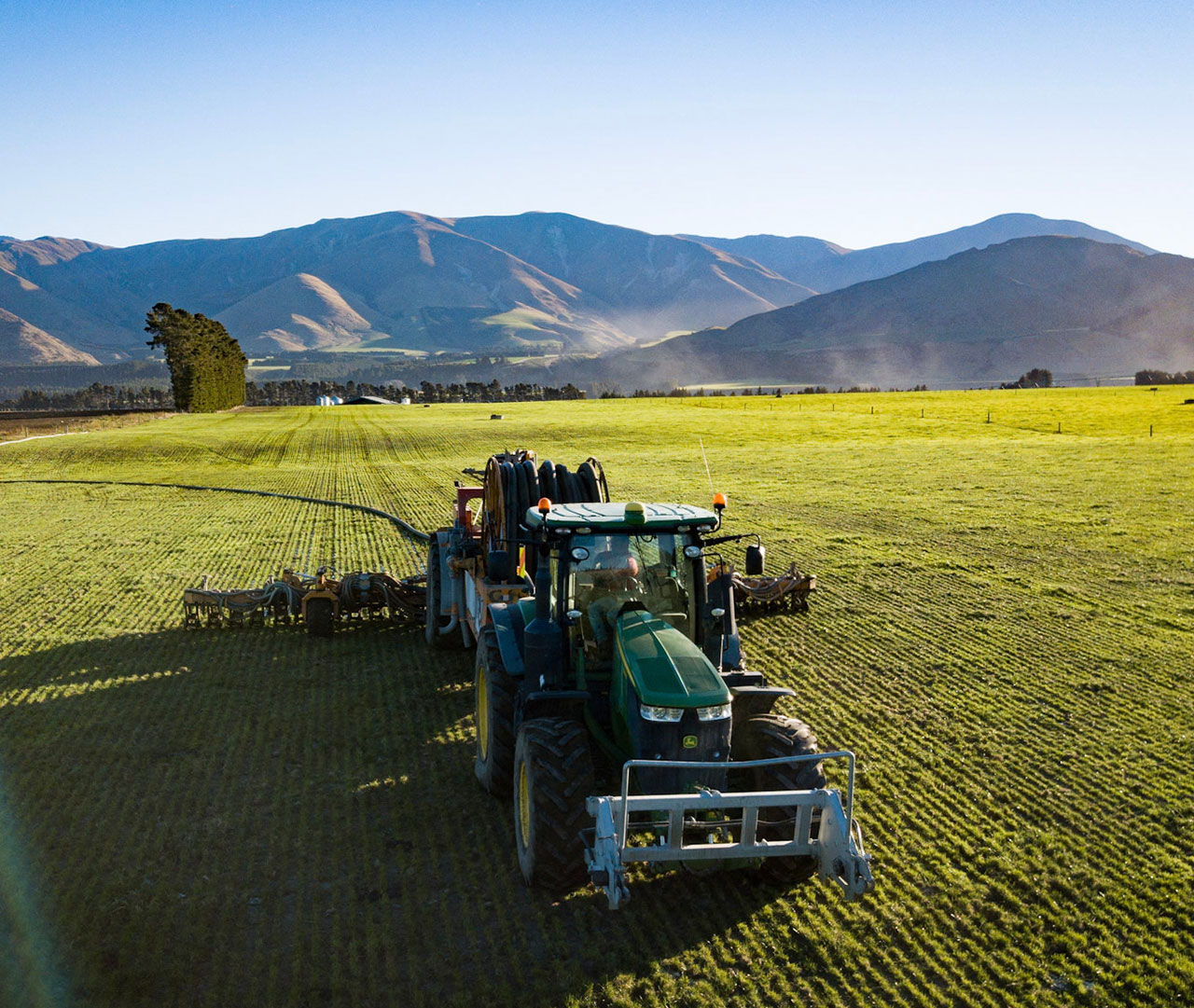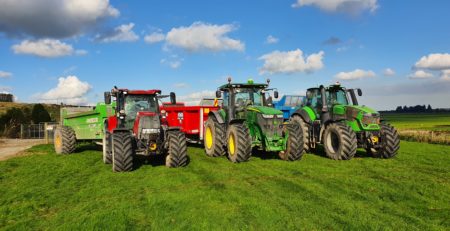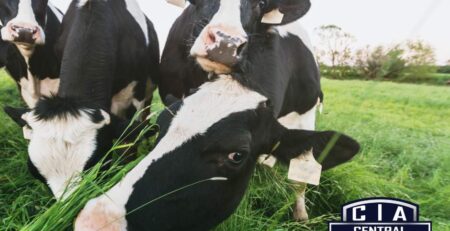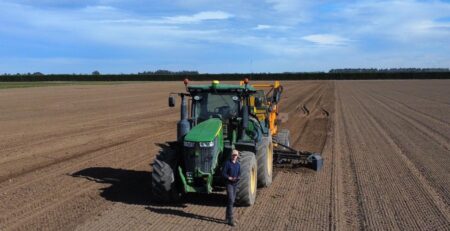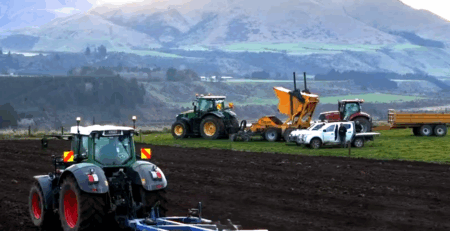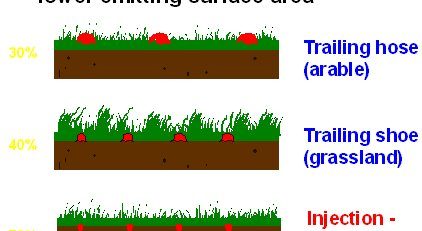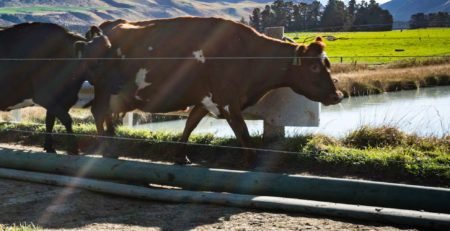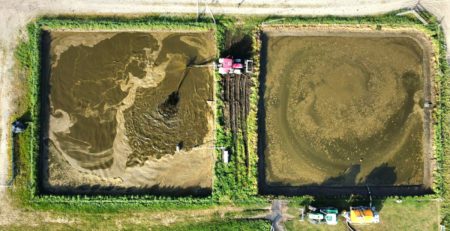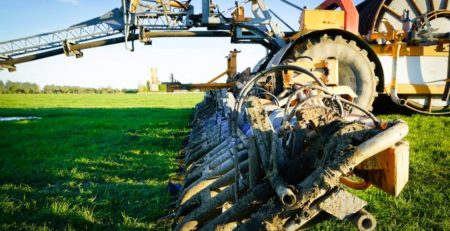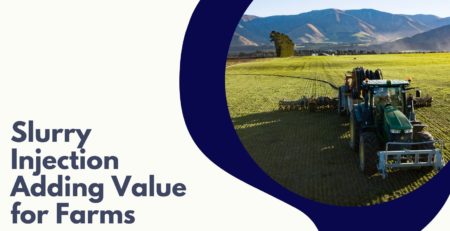Canterbury Dairy Slurry Solutions
Dairy slurry is a byproduct of dairy production that contains high levels of nitrogen and phosphorus. It is often used for land application, which means it is spread over farmland to fertilize crops. This process helps to reduce pollution in waterways and soil, but also has negative impacts on aquatic life.
The benefits of using dairy slurry with Central Injection Agri.
There are several benefits to using dairy slurry as fertilizer. First, it reduces pollution in waterways and soil. Second, it improves water quality. Third, it provides nutrients for plants, it can be recycled back into your Dairy farm enabling faster crop growth.
Dairy slurry is a waste product from the production of milk. It contains nitrogen, phosphorus, potassium, calcium, magnesium, sulfur, sodium, chloride, bicarbonate, and carbon dioxide. It makes a nutrient-rich mixture that can be applied directly to land. For a more precise application, Injecting Liquid Slurry is a far more effective approach.
Dairy slurry has many uses, but one of the most common applications is as fertilizer. Farmers use it to feed crops, such as corn, soybeans, wheat, and alfalfa. Because it is high in nitrogen, it is often used to replenish soil nutrients depleted by intensive farming practices.
Dairy slurry is a mixture of manure from cows, sheep, goats, and other animals fed on hay and grain. It contains bacteria that break down organic material into ammonia and carbon dioxide, which helps fertilize the soil. In addition, it contains minerals that help plants absorb water and nutrients.
New research shows New Zealand dairy farmers have the world’s lowest carbon footprint – at half the emissions of other international producer.
At Central Injection Agri, how we apply Dairy Slurry via the Injection system contributes to lower emissions on farm in Canterbury NZ.
The Slurry Injector from Central Injection Agri, has proven to reduce the amount of odor emissions by injecting the Dairy Slurry into the ground opposed to spreading the slurry on the surface.
Lower Emissions and Protecting the Environment are now critical for the success of our Dairy Industry.


